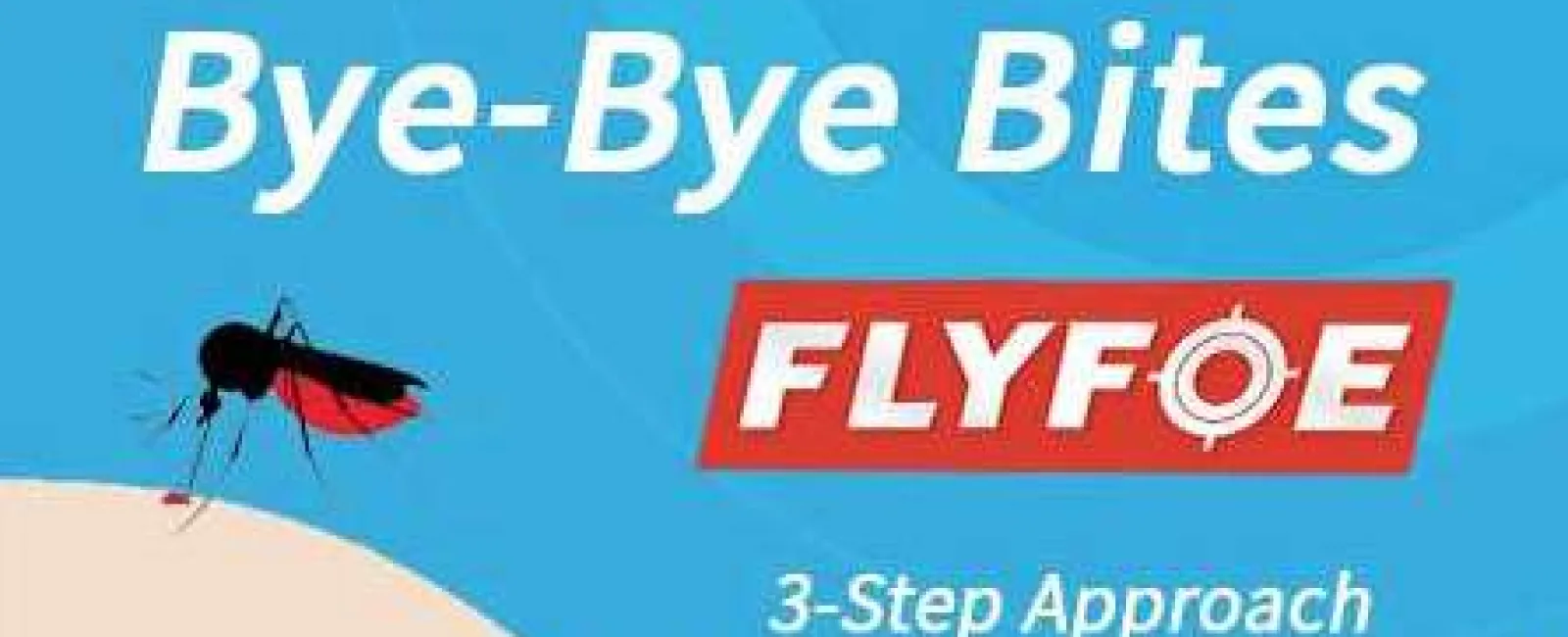Everyone is talking about this year's tick epidemic: Mild winters! Rapid breeding! Three times the amount of bites from mosquitoes/ticks/fleas! But what does that really mean for you, and what can you do to protect your family?
First, let's break down fact from fiction about what is actually happening. The number of bites that are being reported are actually a growth pattern the Center for Disease Control and Prevention has seen since 2004. But that doesn't negate the fact that mosquitoes, ticks, and fleas are truly out in force this year (it is being referred to as an epidemic, after all). Additionally, whether you come across one or ten of these hungry pests on a walk, a single bite from any of them could give you, your family, or your pet a debilitating disease (like Lyme disease, Malaria, West Nile, Triple E, and others). There's even a type of tick (the Lone Star Tick, known for its white markings and mainly found in the eastern U.S. and Mexico) that can make you allergic to red meat!
So what can you do to avoid a bug bite? Patio Patrol, a new mosquito and tick control company, has developed a 3-Step Integrated Approach to help you protect yourself and your family this season. Patio Patrol has collaborated with a team of entomologists who have taken a fresh look at the traditional method to mosquito and tick control. Using their expertise, they've created an integrated approach which uses science to combat biting pests in a safe, more effective manner. Here are Patio Patrol's steps to a safer mosquito and tick season:
Step 1: In-Yard Protection
Eliminate standing water, leaf litter, tall grass, and trash from your yard—they create breeding areas for mosquitoes and ticks.
Mow your yard frequently!
Stack wood neatly in a dry area.
Place a three-foot-wide barrier of wood chips or gravel between lawns and wooded areas to disrupt tick migration.
Have a dedicated mosquito/tick control company spray your yard for the duration of the active season. Their process should include a yard perimeter spray, inner yard and shrubbery spray, home foundation spray, and larvicide application to reduce pests at every lifecycle stage.
When it comes to the service company, ensure you're getting what you pay for in terms of services, time spent on site, and results; not all pest or mosquito/tick control companies are the same.
Make sure the company you choose uses high-quality pesticides to extend the life of the active ingredient and allows sprays to last longer (meaning less visits).
Avoid add-on services from landscaping and similar companies. To have a properly treated yard, you'll need professionally trained technicians.
Step 2: Yard-by-Yard Protection
Find a company that can offer a neighborhood plan (while also being budget-friendly). Mosquitoes can travel up to 150 yards! To make sure your home is truly protected, your neighbors should have their yards treated as well.
Step 3: Out-of-Yard Protection
Ticks hitch rides on other animals; use fencing to discourage potential animal hosts from entering your ride.
Be aware of weather patterns; make sure your yard isn't serviced before or after rain storms as the formula will dilute and wash away. The yard should be totally dry before it's treated.
Use bug spray/repellent, wear clothes to provide skin coverage, and limit your time outside.
Monitor the mosquito and tick species in your area and stay up-to-date on the latest health risks they pose.
You can (and should) take protection into your own hands. Using a mosquito and tick control company like Patio Patrol makes it much easier to reduce the pest populations and your risk for disease. Get peace of mind this summer, and enjoy your yard yard all season long.
Patio Patrol customizes prices and treatments based on yard size, foliage, and density. They also automate their services, which means once a treatment plan is in place, they'll come out to your yard every three to five weeks for the entirety of the pest season. Get started with Patio Patrol here.


